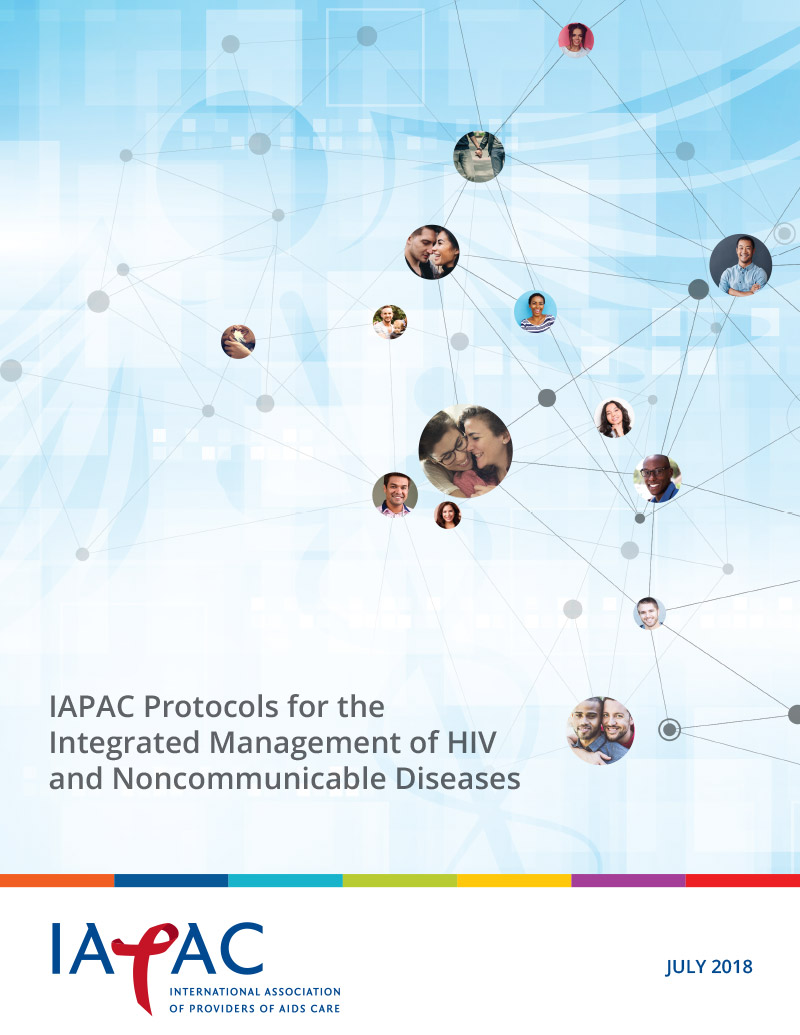Non-communicable diseases (NCDs), including hypertension, cardiovascular disease, renal disease, cancer, chronic respiratory disease, diabetes, and mental health disorders account for 63% of global deaths. Low- and middle-income countries (LMICs) bear 86% of the NCD burden. In many of these countries, access to NCD care and treatment remains limited due to a lack of prevention and treatment guidelines, few trained providers at the primary care level and lack of access to essential diagnostics and medications to treat NCDs.
Widespread access to combination antiretroviral therapy means that people living with HIV (PLHIV) can now live near-normal life spans and are facing different health challenges. Non-communicable diseases in PLHIV result from a mix of chronic immune activation, medication side effects, coinfections, and the aging process itself. Although traditional risk factors for cardiovascular disease (CVD); diabetes, hypertension, hyperlipidemia, and smoking) exist in PLHIV, evidence from epidemiological studies suggests a 50-100% increase in risk for CVD even after controlling for these factors. Cardiovascular disease is now one of the leading causes of non-AIDS related morbidity and mortality in PLHIV. The US President’s Emergency Plan for AIDS Relief (PEPFAR) has called for the integration of HIV treatment into a health center and wellness approach, where PLHIV benefit from medical care that goes beyond HIV alone. New differentiated service delivery models mean that up to 80% of PLHIV can be followed with fewer visits, potentially decongesting clinics and allowing more time for the management of more complex heath issues.
The IAPAC Protocols for the Integrated Management of HIV and Noncommunicable Diseases manual addresses the screening, prevention and control of common NCDs among PLHIV in resource-limited settings. The protocols’ target audiences are healthcare workers and facility managers providing prevention, care and treatment services for PLHIV through HIV clinics and primary healthcare clinics. Additional guidance is provided for settings where more resources are available.






